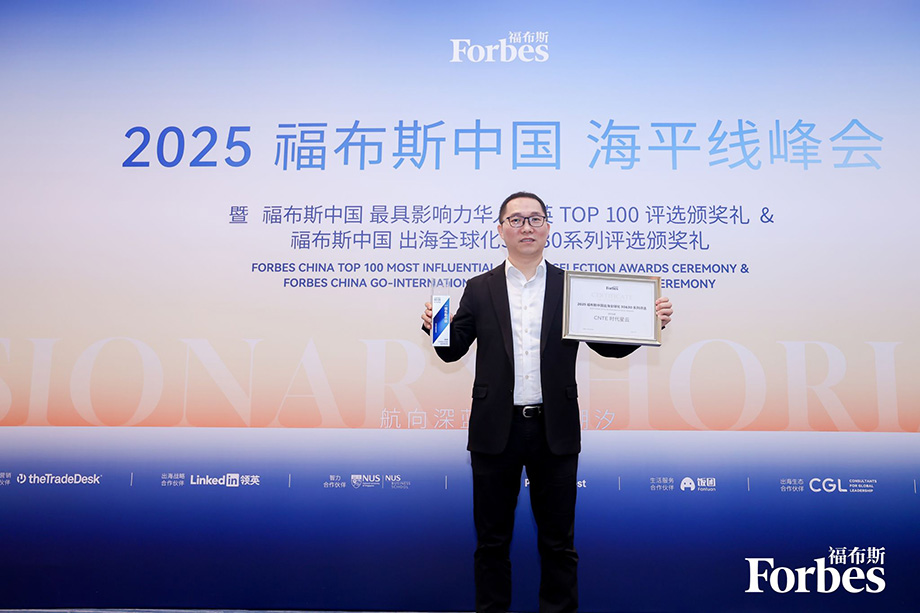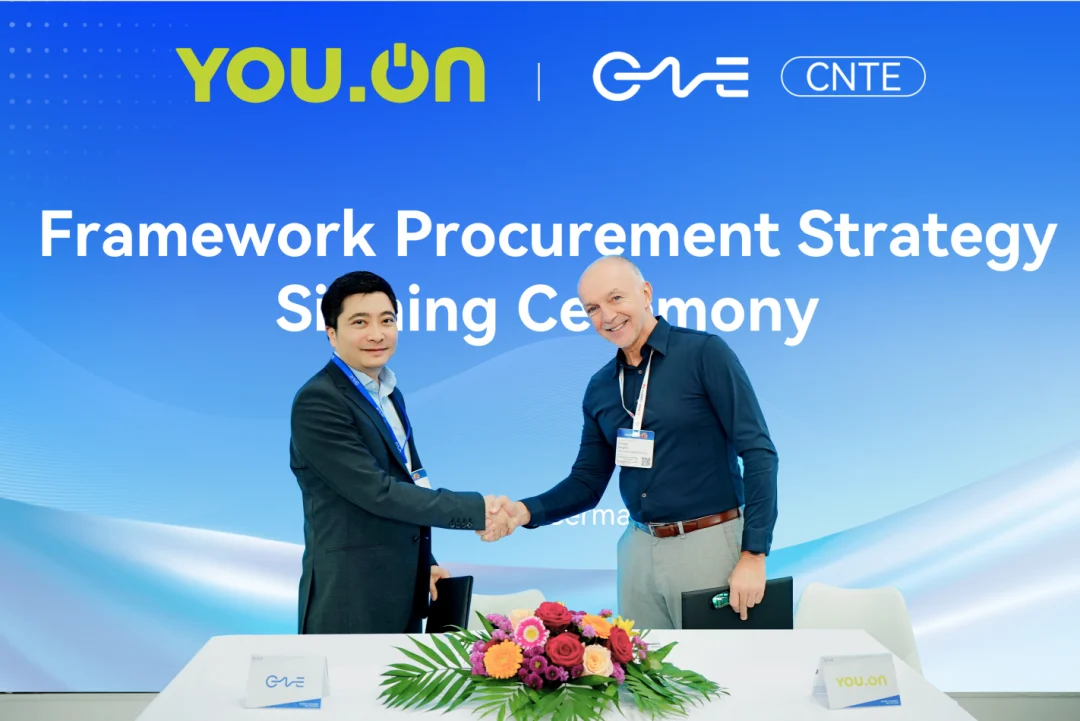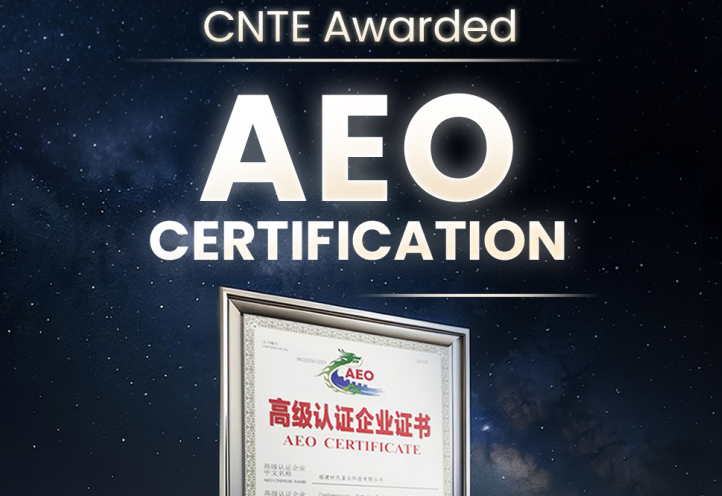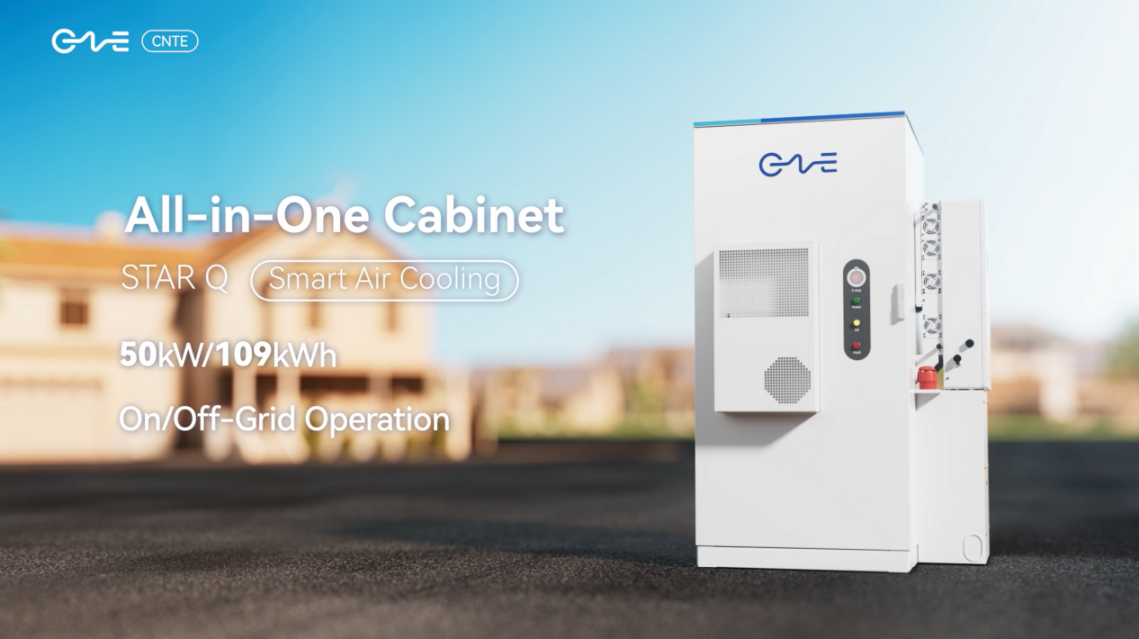How Can Grid Integration Solutions Adapt to Increasing Renewable Energy Demands?
Embark on the cutting edge of grid integration solutions and technology with Contemporary Nebula Technology Energy Co., Ltd.. Explore innovative strategies for customizing your renewable energy projects and bolstering grid resilience. With a commitment to advanced lithium battery energy storage equipment and world-class manufacturing facilities, Contemporary Nebula Technology Energy Co., Ltd. delivers comprehensive solutions for seamless integration of renewable energy sources. Collaborate with Contemporary Nebula Technology Energy Co., Ltd. to access expertise, innovation, and reliability for your grid integration endeavors.
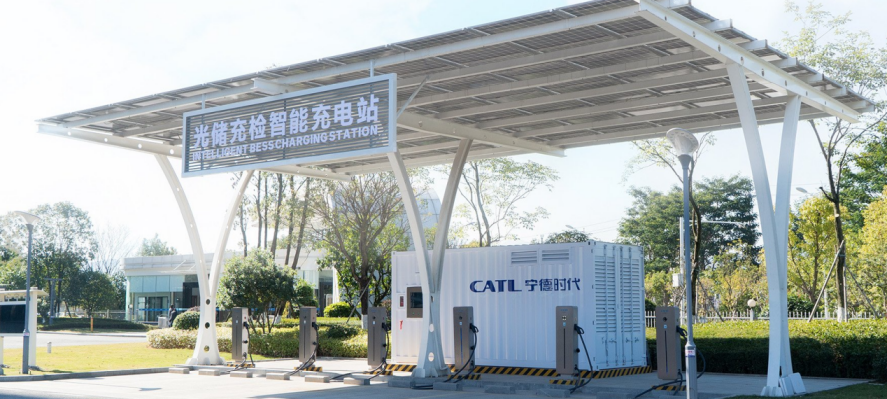
The Growing Imperative for Grid Integration Solutions
In today’s rapidly evolving energy landscape, the need for effective grid integration solutions has never been more pronounced. With the increasing penetration of renewable energy sources like solar and wind, along with the proliferation of electric vehicles (EVs), the demand for seamless integration into existing power grids is at an all-time high.
Renewable Energy Expansion Driving Market Demand
The global push towards renewable energy adoption has spurred significant growth in the renewable energy sector. Countries worldwide are setting ambitious targets to reduce carbon emissions and transition towards sustainable energy sources. As a result, there’s a surge in the deployment of solar and wind farms, presenting both opportunities and challenges for grid operators.
Solar PV Integration Challenges
The intermittent nature of solar photovoltaic (PV) power generation poses challenges for grid stability and reliability. Variability in solar irradiance can lead to fluctuations in power output, necessitating sophisticated grid integration solutions to manage these fluctuations effectively.
Wind Power Integration Issues
Similarly, wind power integration presents its own set of challenges, including variability in wind speeds and unpredictable generation patterns. Addressing these challenges requires advanced grid management techniques and technologies to ensure grid stability and maximize the utilization of wind energy resources.
Electric Vehicles: A New Frontier for Grid Integration
The rapid adoption of electric vehicles (EVs) is reshaping the transportation sector and posing new challenges to grid operators. The widespread adoption of EVs has the potential to strain existing grid infrastructure, particularly during peak charging periods. Effective integration of EV charging infrastructure with the grid is essential to manage the increased electricity demand while minimizing grid congestion and ensuring reliability.
Smart Charging Solutions
Smart charging solutions leverage advanced technologies such as vehicle-to-grid (V2G) integration and demand response to optimize EV charging patterns and alleviate stress on the grid. By intelligently managing charging schedules based on grid conditions and electricity prices, smart charging solutions help balance supply and demand dynamics and support the integration of renewable energy sources.
Addressing the Challenges: Innovative Grid Integration Solutions
Contemporary Nebula Technology Energy Co., Ltd.: Pioneering Grid Integration Solutions
As the demand for grid integration solutions continues to escalate, innovative companies like Contemporary Nebula Technology Energy Co., Ltd. are at the forefront of developing cutting-edge technologies to address these challenges. Established in 2019 with investment from CATL, Contemporary Nebula Technology Energy Co., Ltd. specializes in comprehensive smart energy storage systems (ESS) and is dedicated to advancing grid integration capabilities.
Comprehensive Smart ESS Solutions
Contemporary Nebula Technology Energy Co., Ltd.’s portfolio encompasses a wide range of smart ESS solutions designed to enhance grid stability, flexibility, and efficiency. By integrating advanced energy storage technologies with intelligent control systems, Contemporary Nebula Technology Energy Co., Ltd.’s smart ESS solutions enable seamless integration of renewable energy sources and support grid optimization efforts.
Advanced Battery Technology
At the heart of Contemporary Nebula Technology Energy Co., Ltd.’s smart ESS solutions lies advanced battery technology, leveraging high-performance lithium-ion batteries to deliver reliable and scalable energy storage solutions. With a focus on innovation and quality, Contemporary Nebula Technology Energy Co., Ltd. ensures that its battery systems meet the highest standards of safety, performance, and durability.
Grid-Interactive Capabilities
Contemporary Nebula Technology Energy Co., Ltd.’s smart ESS solutions are equipped with grid-interactive capabilities, allowing for dynamic energy management and grid support functionalities. Through real-time monitoring and control, Contemporary Nebula Technology Energy Co., Ltd. enables grid operators to optimize energy flows, mitigate grid imbalances, and enhance overall system resilience.
Grid-Friendly EV Charging Infrastructure
In addition to its smart ESS offerings, Contemporary Nebula Technology Energy Co., Ltd. is actively involved in the development of grid-friendly EV charging infrastructure solutions. By integrating EV charging stations with intelligent grid management systems, Contemporary Nebula Technology Energy Co., Ltd. enables seamless coordination between EV charging activities and grid conditions, thereby minimizing the impact on grid operations.
V2G Integration and Demand Response
Contemporary Nebula Technology Energy Co., Ltd.’s EV charging solutions leverage vehicle-to-grid (V2G) integration and demand response technologies to enable bidirectional energy flow between EVs and the grid. This enables EVs to serve as flexible energy resources, participating in grid ancillary services and supporting grid stability objectives while providing benefits to EV owners through incentives and rewards.
The Road Ahead: Collaboration and Innovation in Grid Integration
As the energy landscape continues to evolve, effective grid integration will remain a critical enabler of a sustainable and resilient energy future. Collaboration between industry stakeholders, policymakers, and technology providers will be essential in driving innovation and overcoming the challenges associated with grid integration.

Driving Technological Advancements
Continued investments in research and development are essential to drive technological advancements in grid integration solutions. By fostering innovation and collaboration, industry players can develop cost-effective, scalable, and interoperable solutions that facilitate seamless integration of renewable energy sources and support the transition to a low-carbon energy system.
Policy Support and Regulatory Frameworks
Policy support and regulatory frameworks play a crucial role in incentivizing grid integration investments and fostering market growth. Governments can incentivize the deployment of grid integration technologies through favorable policies, such as feed-in tariffs, tax incentives, and regulatory mandates for renewable energy integration and grid modernization.
Industry Collaboration and Standards Development
Industry collaboration and standards development efforts are essential to ensure interoperability and compatibility among grid integration technologies. By establishing common standards and protocols, stakeholders can facilitate the seamless integration of diverse energy resources and promote the adoption of grid-friendly technologies across different regions and market segments.
Mastering Grid Integration: Tips for Custom Projects
Understanding Your Needs and Objectives
Before embarking on a grid integration project, it’s crucial to have a clear understanding of your specific needs and objectives. Consider factors such as the type and scale of renewable energy sources you intend to integrate, the existing grid infrastructure, regulatory requirements, and long-term sustainability goals.
Assessing Renewable Energy Resources
Start by evaluating the availability and characteristics of renewable energy resources in your area, such as solar, wind, or hydroelectric power. Understanding the potential of these resources will help you determine the optimal approach to grid integration and size your system accordingly.
Analyzing Grid Infrastructure
Assess the condition and capacity of your existing grid infrastructure to identify any potential bottlenecks or limitations that may impact grid integration efforts. Consider factors such as grid stability, voltage regulation, and load balancing requirements to ensure compatibility with renewable energy sources.
Setting Clear Objectives
Define clear objectives for your grid integration project, whether it’s to reduce carbon emissions, improve energy efficiency, or enhance grid reliability. Establishing measurable goals will guide the design and implementation process and help evaluate the success of your integration efforts.
Customizing Your Grid Integration Solution
Once you have a clear understanding of your needs and objectives, it’s time to customize your grid integration solution to meet your specific requirements. Choosing the right technology and partnering with the right provider are critical steps in ensuring the success of your project.
Conclusion
In conclusion, grid integration is poised to play a pivotal role in shaping the future of energy systems worldwide. With the increasing penetration of renewable energy sources and the proliferation of electric vehicles, the demand for effective grid integration solutions is on the rise. Companies like Contemporary Nebula Technology Energy Co., Ltd. are leading the way in developing innovative technologies to address these challenges and support the transition to a sustainable and resilient energy future. Through collaboration, innovation, and policy support, stakeholders can unlock the full potential of grid integration and accelerate the transition towards a cleaner, more efficient, and decentralized energy system.
Get in Touch
Recent Posts
Tags
- 500 kwh battery price
- battery based energy storage
- battery storage applications
- battery storage system design
- battery to grid
- bess battery energy
- bess solar system
- better battery renewable energy
- charging station
- clean energy storage solutions
- commercial solar power battery storage
- electrical energy storage exhibition
- energy storage battery pack
- energy storage system lithium battery
- energy storage system solar
- energy tech battery
- ess battery system
- large solar storage batteries
- lithium battery for off grid solar
- new battery storage
- optical storage integration
- outdoor energy storage
- pcs battery system
- price per kwh battery storage
- smart battery storage
- solar battery container
- solar battery storage capacity
- solar energy battery storage system
- solar energy storage system price
- solar energy storage technology
- solar ess system
- Solar panel energy storage systems
- solar panel lithium battery storage
- Solar Power Plant Battery
- solar pv and battery storage systems
- standalone energy storage systems
- storage energy battery

